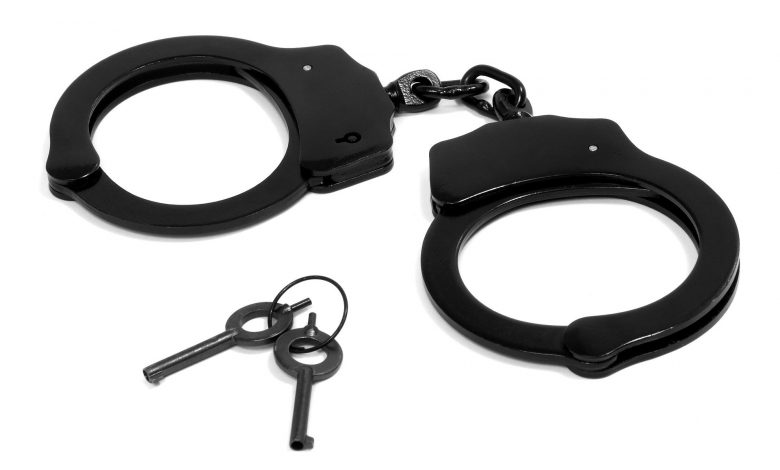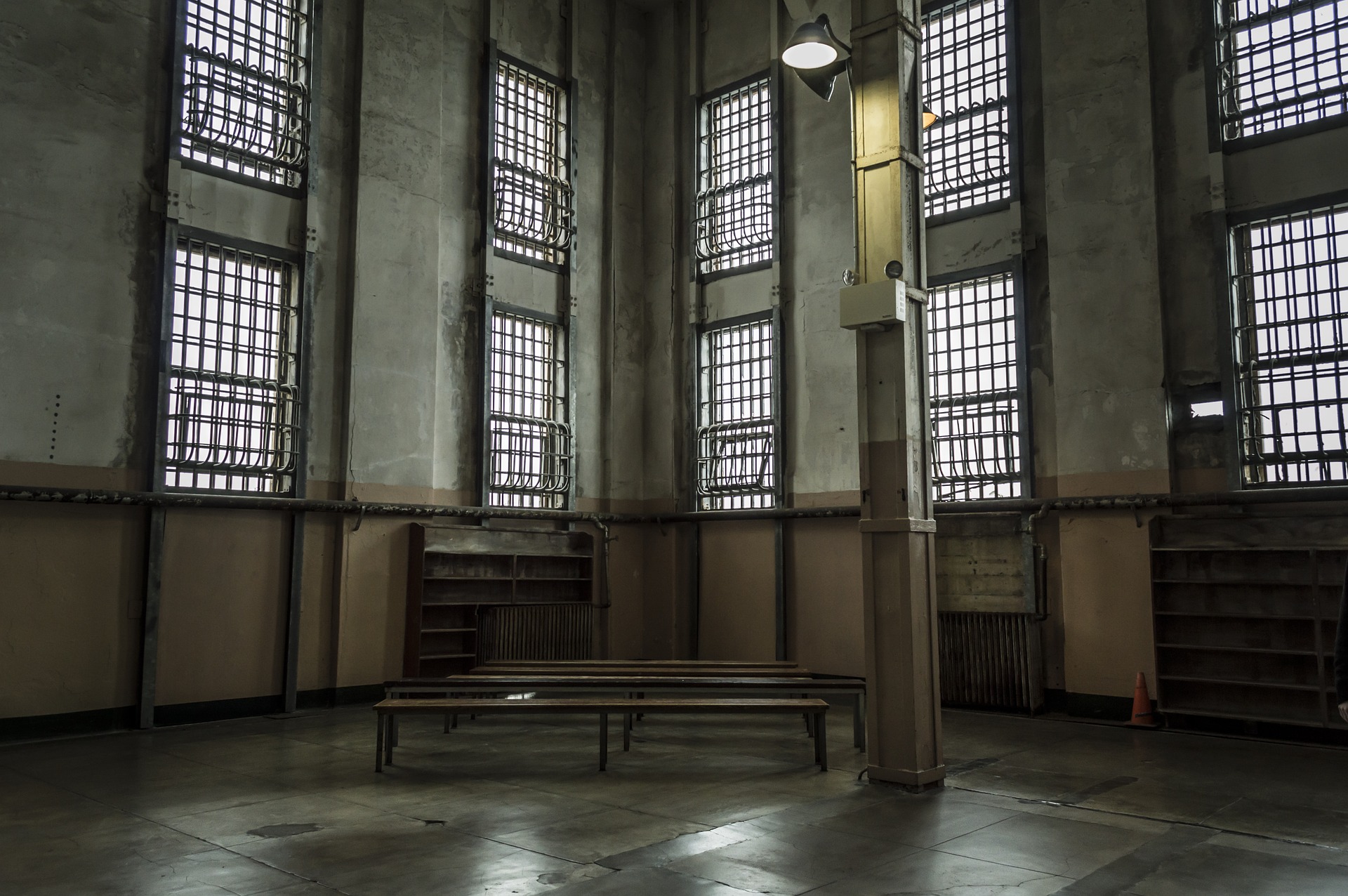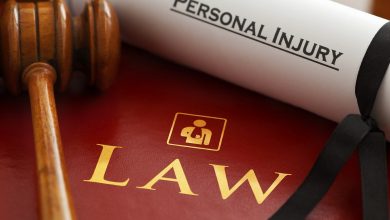Bailing Out Active Inmates: What Are My Rights and Choices?

Imagine getting a call from a friend or family member who is in jail. Your initial reaction could entail phoning the bail hotline downtown. In fact, this is even more likely when you, yourself, get arrested. While this approach is convenient and speedy, it is also problematic. For a start, the United States Constitution protects active inmates and their right to a pre-trial release.
Lawyers are expensive, but so are bond companies. However, unlike professional bondsmen, an attorney can defend your case in court. At times, they could even work with the court on lowering your bail amount. If you committed a certain felony type, a judge might even release you from jail without requiring you to post bail. This article, nonetheless, isn’t about lawyers.
In part, legal firms are much more efficient than bondsman. Some are also just as urgent and responsive as the bail hotline downtown. Yet there are other key factors that help active inmates secure their release. Laws on the federal and state levels are changing, especially because of how draconian cash bail rules are. Nonviolent offenders are, in many ways, entitled to get released without making any payments.
Perhaps more importantly, the legal system must provide every American, regardless of their financial status, with an equal treatment, humane sentence, and fair trial.
The Cash Bail System and Active Inmates
Felons: Feeling the Impact
Recently, the legal system was especially unkind to accused felons. From 1992 to 2009, the average bail amount for felony cases went from being well-below $10,000 to nearly $15,000 in major metropolitan jails.
In 1990, for instance, out of the felons that the courts let out of jail before trial, over 60 percent of them didn’t make any payments. Only one-third, meanwhile, needed to meet the bail amount.
Two decades later, more than 60 percent of felony cases had a bail requirement. Additionally, in 2009, the legal system released just 24 percent of accused felons on a non-bail basis.
Above all else, active inmates wait an average 163 days for their trial. About 30 years ago, they only did so for 68 days, starting from their arrest.
How Did We End up Here?
In order to ensure that defendants show up to their court date, judges set a bail bond. When an active inmate pays the amount, they get out of jail. After that, if they appear for trial, the court returns the defendant’s money.
This process has been in place for decades, since before the United States even became a country. It dates back to over 1,200 years ago in Anglo-Saxon England.
A felon who is knowledgable about the rules can understand the court and legal system’s perspectives. In turn, they can address these concerns and present a comprehensive case for release.
When the Founding Fathers drafted the U.S Constitution, they made no mention of bail. Instead, they left it to the legislature to determine which crimes were “bailable” and which ones were not.
Yet in 1791, lawmakers added the Eighth Amendment to the Constitution. It prohibited courts and the government from imposing “excessive bail” against defendants.
Subsequently, in 1868, the Fourteenth Amendment joined the Eighth and mandated that all Americans receive equal treatment under the law.
That is to say, an active inmate’s income and ability to afford the bail amount shouldn’t affect their pre-trial rights or release conditions.
Changing the System
Two recent laws and reform movements shape today’s cash bail policies. These include federal and state correctional facilities.
The Bail Reform Act of 1966 required judges to look into release factors other than whether an active inmate can afford to pay their bail or not.
For example, a court could place a defendant under the custody of a “designated person.” Similarly, they may impose travel restrictions to ensure that the accused will appear in court for their trial.

However, many people believed that the Bail Reform Act of 1966 was flawed. The law unintentionally made it easy for dangerous defendants to roam free.
Equally as important, judges couldn’t set a large bail amount on violent inmates that pose a threat to the public.
In light of this, Congress modified the Bail Reform Act in 1984. Under the new version, judges had the right to set expensive bail bonds on defendants whose release would threaten public safety.
While courts were still barred from setting extraordinarily high bail amounts, judges could hold pre-trail detainees without any conditions for bail in order to preserve public safety.
During the last two decades, several states reformed cash bail policies. Most of these efforts concentrated on two factors.
Firstly, they limited the legal system’s usage of cash bail requirements when it comes to defendants that committed misdemeanors and low-level felonies.
Secondly, state courts could prioritize public safety over financial payments when they set pre-trail release conditions.
Navigating Your Way Out
Jail: A Solution or a Problem?
Many lawmakers and courts across the U.S are starting to recognize how unfair the cash bail system is. In short, it treats wealthy and poor active inmates differently.
The former can pay the bail amount without going through hardship, but the latter may not afford it, to begin with.
Above all else, a research report tells us that defendants who wait in jail are 55 percent more likely to lose in court. Meanwhile, the odds that a court will find a defendant who posted bail guilty are only 44 percent.
However, the problem is deeper than that. This impact is widespread, and it especially harms low income communities, alongside racial minorities.
In 2016, almost 700,000 active inmates populated the country’s jails. Less than 250,000 were guilty of committing a crime. The remaining 70 percent were waiting for their trial behind bars because they couldn’t afford to pay the bail amount.
Since most felons are low-income earners, the cash bail system puts them at a disadvantage by default. As an instance, active inmates only made $16,000 during the year prior to incarceration.
The average U.S household, meanwhile, makes almost double that amount ($33,000 annually).
As far as racial disparities are concerned, a report by the Center on Juvenile and Criminal Justice shows that the cash/monetary bail system creates a lot of racial and economic disparities.
For example, in 2005, white defendants in California had an average bail amount of $28,340, while it was just over $53,000 for Latinos.
On the national level, 36 percent of African American defendants and 44 percent of Latinos were held in jail because they couldn’t afford to pay bail. Yet only 27 percent of low-income white detainees were not released in those same counties.
The Rights of Active Inmates: The Fifth, the Eighth, and the Fourteenth Amendment
The U.S Constitution and three of its main amendments protect active inmates and their rights. More specifically, the law requires the legal system to treat accused felons equally, give them a fair trial, and ensure that they don’t face excessive or cruel penalties.
Firstly, the Founding Fathers outlined this in the Fifth Amendment, which states that all convicted criminals had the right to due process.
The Fifth is relevant to topics such as properly sending summons/court notices and ensuring that a “neutral” third party would review a citizen’s bail terms to determine its fairness.
The Eighth Amendment, meanwhile, was added to the US Constitution in 1791. It prevented the government from inflicting “cruel and unusual punishment” and imposing “excessive bail” against convicted criminals.
Having said that, the Eighth Amendment didn’t cover defendants that are on trial for serious crimes in order to protect public safety.
The same applied to offenses that were punished by the death penalty, amongst other serious offenses.
Lawmakers added the Fourteenth Amendment to the US Constitution in 1868. They wanted to ensure that the legal system treated all Americans equally and gave them the right to due process.
To clarify, the Fifth and Fourteenth Amendments are similar. The difference between them is that the former pertains to the federal government, while the latter focuses on states.
Supreme Court Rulings
The Supreme Court also ruled that jail time or other forms of punishments on someone because they are poor is unconstitutional.
However, in cases where someone cannot afford to pay their bail, the Supreme Court never saw that as a violation of the Fourteenth Amendment. Instead, they looked at other factors.
In Bearden vs. United States, the Supreme Court prohibited the revocation of someone’s bail terms or probationary period because they can’t pay.
The only exception is if the defendant willfully chose not to pay their fines/penalties despite being able to afford it.
In another ruling, the Supreme Court adopted a rational approach that focuses on finding alternatives to bail that would still provide assurance that the defendant can show up to their court hearing.
State Law and Reform Movements
New Jersey’s Senate Bill (SB 946) established a Public Safety Assessment that would determine whether a detainee would be released or not. SB 946 required judges to look into a defendant’s criminal history and the likelihood that they would commit another crime if released.
Because SB 946 almost entirely abolished cash bail releases, the bail-bond industry challenged the law in federal court and argued that it violates detainees’ rights.
However, a federal appeals court struck down the commercial bail-bond industry’s effort.
In an effort to combat overcrowding in jails, Nebraska’s legislature passed LB 259. The law prohibited pre-trail detentions for defendants that can’t afford to pay bail and those accused of nonviolent crimes.
Moreover, LB 259 allowed detainees to earn up to $150 in credits per day, which would go towards their bail or fine. Previously, inmates only earned up to $90 per day.
For example, if an accused felon must pay a bail of $5,000, they would earn $5,100 in credits after spending 34 days in jail, which would go towards paying the bail bond and other fines.
Getting out of Jail: What Are My Options?
Before calling the bail hotline downtown, felons can secure their release through more affordable and effective outlets.
First and foremost, bail bondsman will ask you to pay them a non refundable fee. This is regardless of whether or not you show up to the trial.
The court, meanwhile, returns the money to defendants who appear for their scheduled hearing.
Calling the Bail Hotline Downtown: What You Sign up For

Bond companies only work with active inmates that are most likely to honor their court date. That’s how their business model operates.
To illustrate, here is an example: An active inmate must pay $100,000 to get out of jail before the trial. A bond company would charge them a fee, such as ten percent or $10,000.
After that, the bondsman ensures the correctional facility that the released defendant will appear in court. The company retains the nonrefundable fee as revenue.
Many people resort to the bail hotline downtown for several reasons. Here are the main ones:
- The fee is usually a portion of the bail, and not the full amount.
- If the charge is too expensive, accused felons can pay the bond company in monthly increments.
- They immediately bail active inmates out.
These advantages are certainly lucrative, even more so when you are in rush to get out of jail.
However, there are also many downsides. If a defendant doesn’t appear in court, for instance, the bond company may seize their car, home, jewelry, and other forms of collateral.
An accused felon may also lose property when they don’t make timely payments to the bond company.
Furthermore, whether you secure release through calling the bail hotline downtown or by personally paying it, the process of getting released is still long. Most of the time, it takes between four and six hours at the very least.
Equally as important, there are other alternatives that are cheaper and more efficient.
Bail via Attorney
Some law offices bail their clients out of jail. Just as with a bond company, lawyers do so when they are certain that the defendant will show up in court.
Yet attorneys also provide felons with professional legal representation. Bondsman, on the other hand, don’t. Even though some lawyers require you to pay the bail amount in portions, defendants get their money back when they appear in court.
Law firms may also negotiate with the judge and convince them to reduce your bail. State laws and regulations, however, restrict bond companies’ flexibility That is to say, they can’t reduce their fees or the payable bond percentage.
Similarly, some active inmates avoid working with a lawyer because it’s expensive. However, just as with a bond company, clients can also make payment arrangements.
Lastly, many nonprofit organizations offer pro bono (i.e. free) representation. Not only do these entities bail you out, but they don’t require you to pay any money for their services.
Non-Financial Release
Accused felons may also get out of jail without having to hire a lawyer or bondsman. There are many ways to do so, but two of them particularly stand out.
Firstly, demonstrate to the court that you are a nonviolent offenders who will honor his trial date. After all, recent laws are incentivizing judges to find alternatives to bail.
You could do so by committing to certain release conditions. As an example, a repeat offender with a DUI or OVI charge may agree to abstain from drinking alcohol during this period.
Another option is supervised custody. Instead of keeping you in jail, a judge could place you under the oversight of another person, a nonprofit, or a probation officer.
In those cases, active inmates must regularly check in with their supervisor. They must also update them once their court hearing is concluded.
Both of those options don’t require to pay any fees, whether to a bondsman or an attorney. However, you might incur a court fine, which is usually lower than $100.
Securing Release
The U.S Constitution, alongside federal and state laws, protect active inmates’ rights. Cash bail rules exist to ensure that felons show up in court. Yet this shouldn’t come at the expense of a fair trial, due process, or humane treatment.
While many accused felons can’t afford to pay the bond amount, the bail hotline downtown isn’t their only option. This is especially true if you want to avoid incurring nonrefundable fees and putting your house on the line.
Lawyers, for a start, offer the same advantages that bondsman may provide. However, your bail money returns to you and attorneys can defend the case in court. Nonprofits will do all of this for free.
Nonviolent, low-income, and/or minority offenders are particularly harmed by cash bail rules. At the same time, many states and courts offer said defendants ways to find justice.
Even though your time is limited, start considering alternatives to the bail hotline downtown. You or your friend will certainly benefit more if you call a nonprofit or attorney.
They are just as urgent as the bail hotline downtown. Keep in mind that it takes officials at a correctional facility a minimum of four to six hours to process someone out.

A five minute phone call will not hurt. At the end of the day, it might even secure the active inmate’s release without any bail payments.



